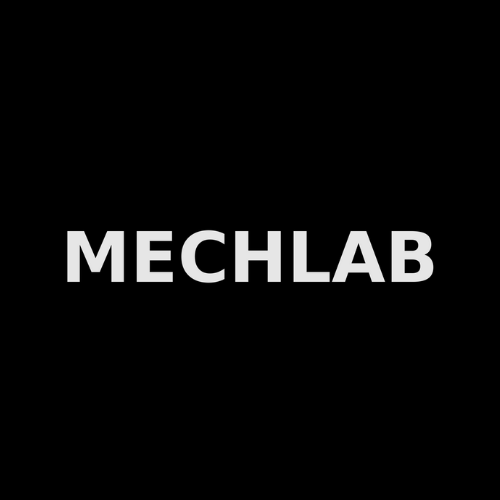Experimental Stress Analysis
Strain measurements under extreme conditions
Our most critical components are used in harsh conditions and the mechanical stresses must be assessed to confirm simulations, lifetime operation or safety aspects.
Technologies
Three technologies to assess stress field in harsh conditions!
01
Resistive sensors
Several decades of experience in the experimental stress analysis based on electrical strain gauges in harsh conditions! Resistive sensors are used on several types of components: superconducting magnets, dumps, RF cavity, detectors in different conditions as electro-magnetic field, vacuum, radiation, water, etc.
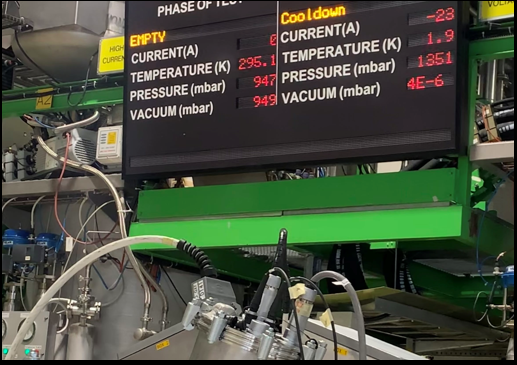
02
Optical fibre sensors
Optical fibre-based sensors are crucial for harsh environmental conditions at CERN! Our laboratory is a pioneer in the use of Bragg and Rayleigh backscattering technologies to assess strain/stress conditions on mechanical components at cryogenic temperatures, mainly due to our expertise in bonding/brazing fibres to the equipment being tested!
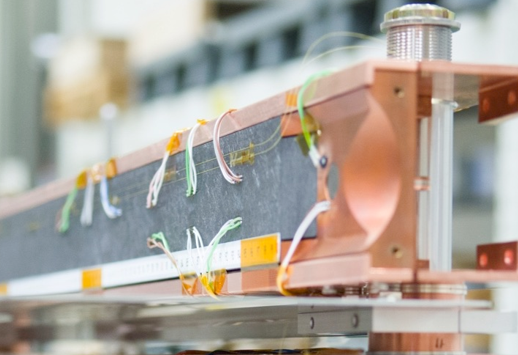
03
Image Analysis
Digital Image Correlation (DIC) System is extremely powerful in combination with other conventional instrumentation. It enables us to obtain a full picture of the strain/stress distribution during mechanical solicitation! We have developed specific techniques to perform DIC measurements at cryogenic temperature.

HARSH CONDITIONS
From as low as 1.9 K up to 2000 °C

Cryogenic
At CERN, temperatures as low as 1.9 K are widely present – and necessary as the LHC particularly relies heavily on superconducting magnets.
Magnetic Field
Our mechanical instrumentation is engineered to deliver high accuracy in superconducting magnets producing strong magnetic field up to 14 T.
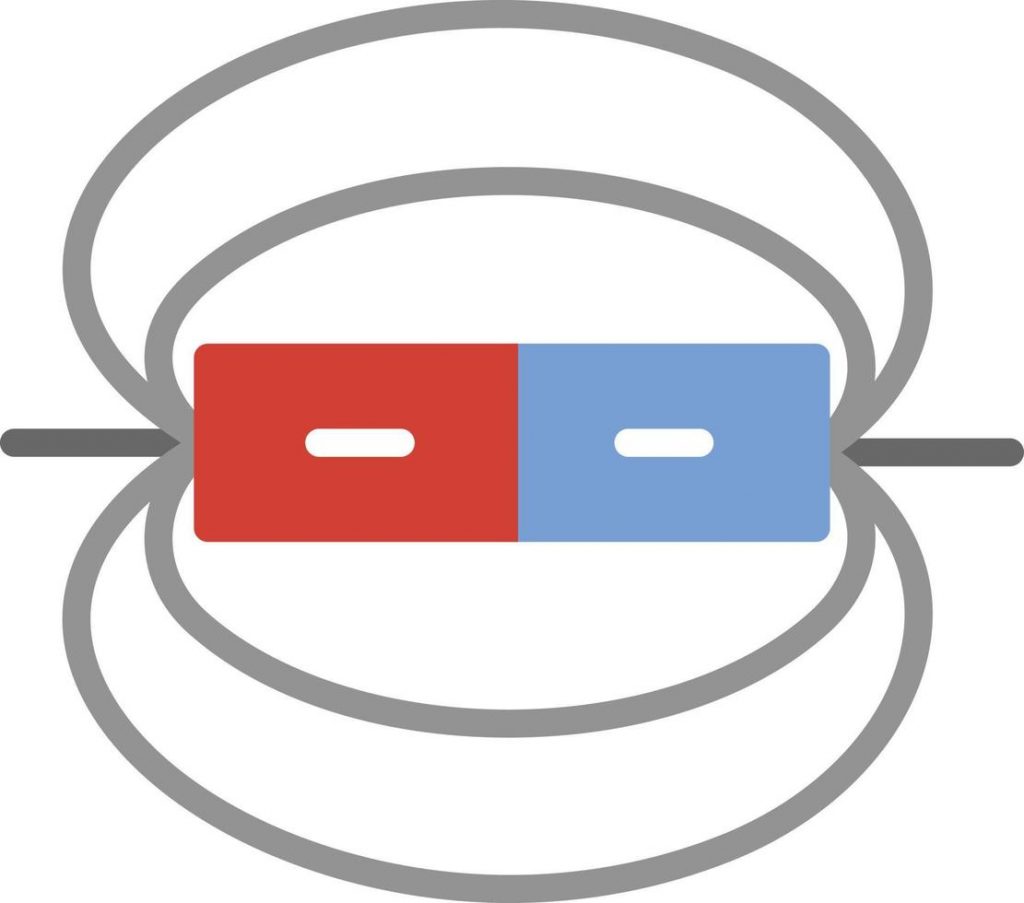
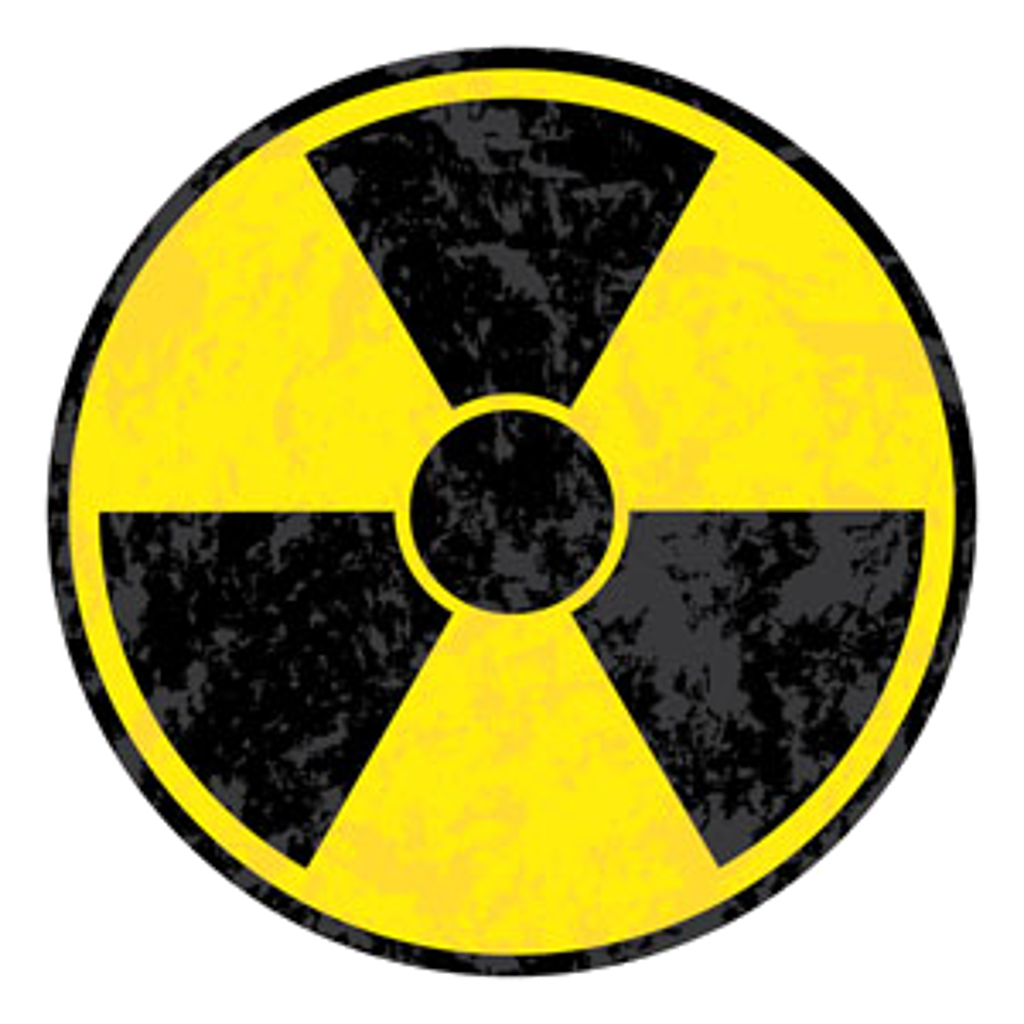
Radiation
Our mechanical instrumentation can be designed to perform under radiation depending on the requirements.
Dedicated Publications & Use-cases:
FIND OUT MORE
Keen to learn more about our activities?
Find out what the Mechanical Measurement Lab can do for you.
